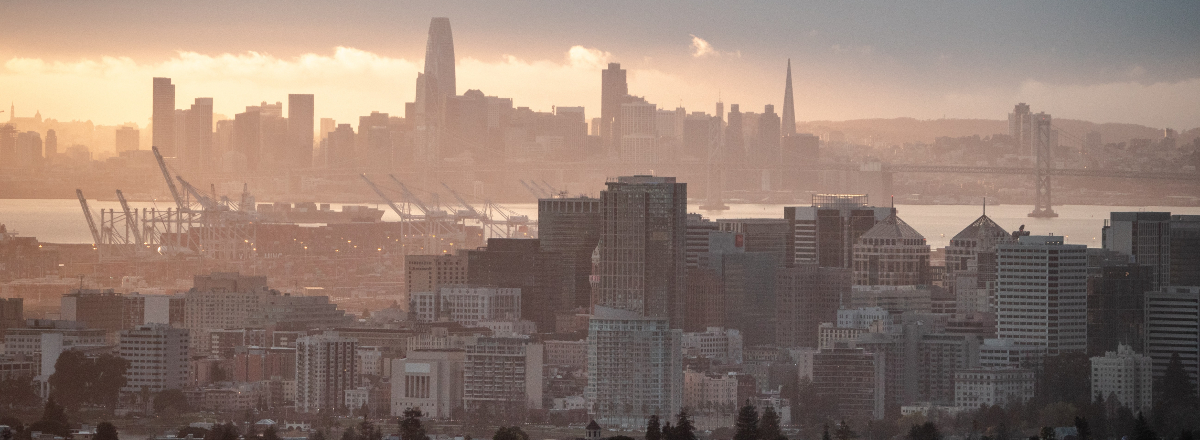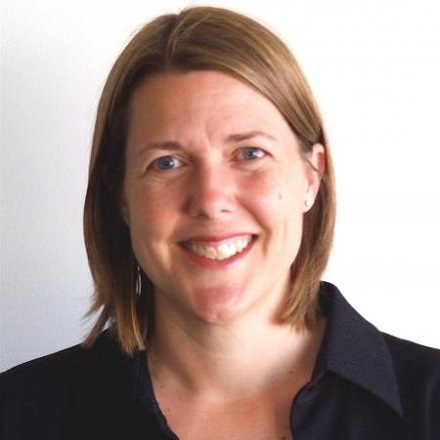
In the News
In Oakland, Wildfire Smoke Intensifies Asthma Disparities
- WhoWhatWhy
-
Focus Areas
Chronic Disease Prevention -
Issues
Asthma, Wildfires & Extreme Heat -
Expertise
Health Education & Promotion -
Programs
Regional Asthma Management and Prevention Program

One year ago, residents of the San Francisco Bay area awoke to find the skies had darkened to a deep, dystopian shade of orange. Ash blanketed cars and windows, and the smog rolled past in thick gusts.
Corrine Foster, 19, was in the hospital that day getting treated for asthma. Wildfire smoke is one of her “main triggers” for asthma attacks.
“I take the medicine I’m supposed to, but sometimes [smoke] gets inside,” Foster said.
Wildfire season was nothing new for most residents, but the 2020 season surpassed anything California had seen before, and the orange sky — a result of the way smoke particles scatter sunlight — was a glaring reminder of how much worse the fires had gotten. It was a wake-up call even for those without asthma.
While orange skies appeared all around the bay, the wildfire smoke had the greatest impact on communities long plagued by air pollution and the resulting high rates of upper respiratory illness.
“We know that there are significant inequities that lead to asthma disparities,” said Anne Kelsey Lamb, director of the Public Health Institute’s Regional Asthma Management and Prevention program. “Historical environmental injustices that systematically created more exposure to outdoor air pollution, substandard housing, etc., mean that low income communities and communities of color have higher asthma prevalence, [and] worse asthma outcomes.”
Pockets of Oakland, in particular West Oakland and East Oakland, are prime examples of these disparities.
Surrounded by the Port of Oakland and bordered by three major freeways, West Oakland, which is mostly Black and Latinx, faces some of the highest pollution burdens in the Bay area.
“Asthma educators and clinicians who treat patients with asthma really have developed a growing awareness that we need to be educating our patients with asthma about the effects of wildfire smoke and how to reduce exposure to it,” Lamb said.
Although the California Air Resources Board issues recommendations for limiting exposure on Spare the Air days, Lamb noted that they can be hard to follow for low-income residents.

I look at recommendations and they say ‘leave the area’ and go to someplace with better air quality, and that requires both money and flexible jobs. They say ‘stay inside,’ which isn’t possible for people who work outside or have to commute on public transit.Anne Kelsey Lamb, RAMP
Low-income families are also at a disadvantage in trying to follow another recommendation: to create “cleaner spaces” at home, Lamb said. Renters have little control over their building’s heating, ventilation, and air conditioning systems, and many families don’t have the financial means to purchase and maintain their own portable air purifiers.
Although the asthma community is well aware of the health impacts of wildfire smoke, the issue could become much more acute as fires grow more severe and burn larger and longer.
“Based on everything we know about particulate matter more broadly, I think we can assume that it could lead to the onset of asthma in otherwise healthy people,” Lamb said. “Everyone should be concerned about breathing wildfire smoke, whether they have asthma or not.”
Originally published by WhoWhatWhy
More Updates
Work With Us
You change the world. We do the rest. Explore fiscal sponsorship at PHI.
Support Us
Together, we can accelerate our response to public health’s most critical issues.
Find Employment
Begin your career at the Public Health Institute.



